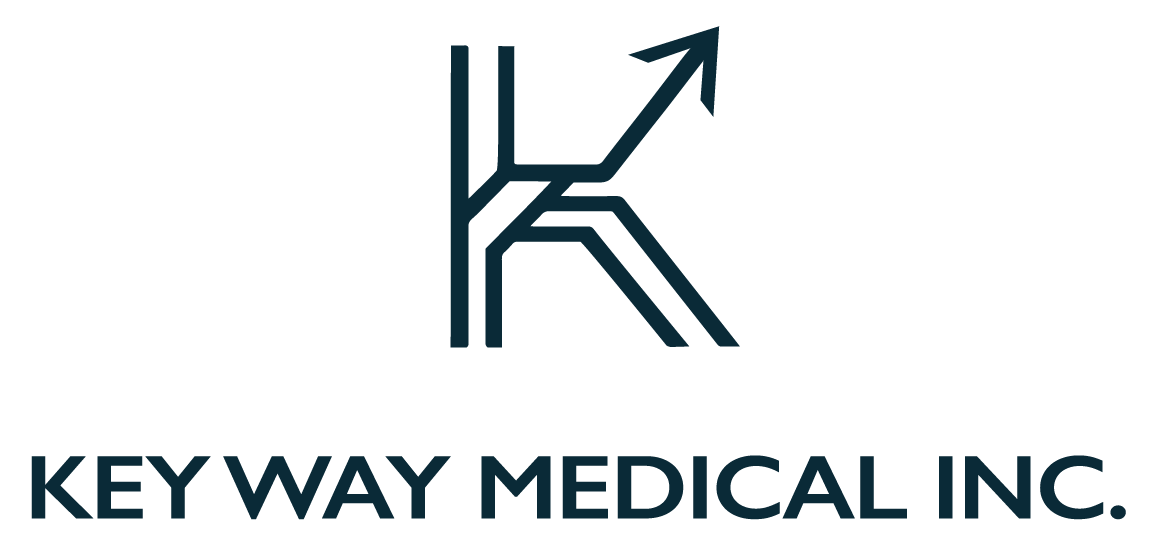
Empowering Lives: How Assistive Devices Support People Living with Muscular Dystrophy
Muscular Dystrophy (MD) is more than just a medical condition, it’s a daily challenge that affects the way individuals move, interact, and experience the world. For those living with MD and their loved ones, the journey often involves adapting to physical changes with resilience, creativity, and a strong support system. One of the most empowering tools on this journey? Assistive devices. These technologies range from mobility aids like wheelchairs and walkers to voice-activated tools and custom orthotic supports that enable greater independence. Not only do they enhance physical function, but they also help preserve dignity, boost confidence, and open up new possibilities in education, work, and social life. With the right support and access to these devices, individuals with MD can reclaim a sense of agency and continue to live full, engaged lives.

What Is Muscular Dystrophy?
Muscular Dystrophy refers to a group of inherited genetic disorders that cause progressive weakness, degeneration, and loss of muscle mass. Over time, muscles become increasingly fragile and are replaced by fatty or fibrous tissue, leading to growing difficulties with movement, posture, and everyday activities such as walking, climbing stairs, eating, or even lifting simple objects. These physical changes often begin in childhood or adolescence, depending on the type of MD, and gradually worsen over time. Beyond the physical impact, the condition can take a toll on emotional and social well-being. Many individuals face increased dependency on caregivers, feelings of isolation, and challenges with self-esteem, particularly as they navigate a world not always designed for accessibility.
While there is currently no cure, major strides in medical care—including corticosteroid treatments, gene therapy research, and advanced physical and occupational therapies—are helping extend mobility, improve health outcomes, and enhance daily living. Assistive devices such as power wheelchairs, orthotic braces, speech-generating devices, and adaptive tools for home, school, and workplace environments play a crucial role in promoting independence and inclusion. These technologies not only support physical function but also allow individuals to express themselves, participate in their communities, and pursue goals that matter to them. Early diagnosis, personalized care plans, and access to innovative supportive technologies provide a pathway to hope, helping individuals and families affected by muscular dystrophy live fuller, more empowered lives.
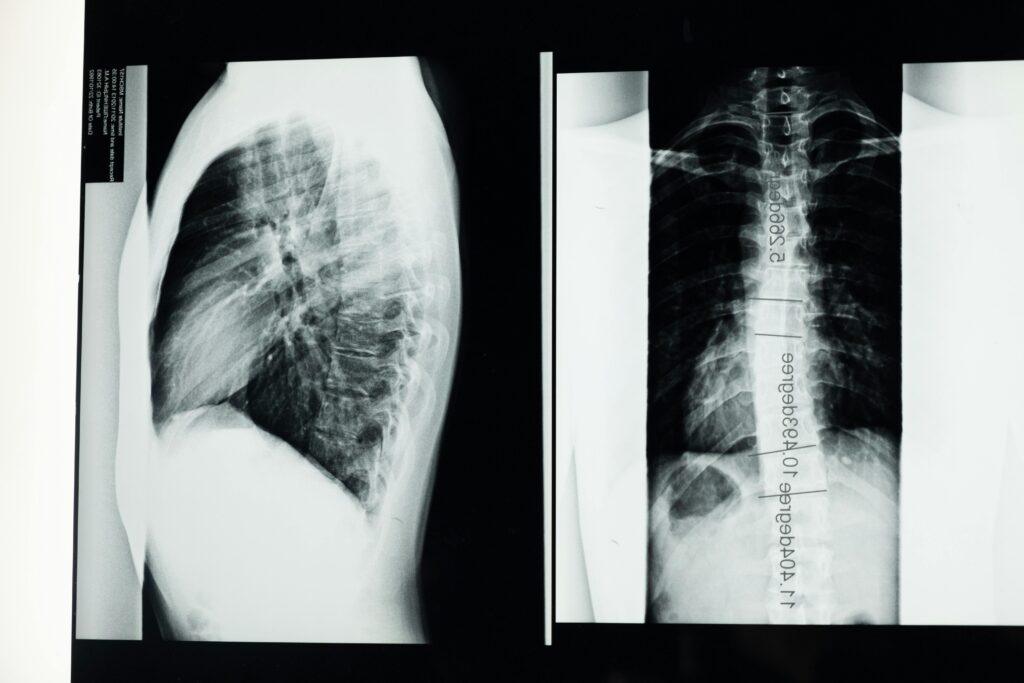
The Role of Assistive Devices
Assistive devices are more than just tools—they’re gateways to independence. For individuals with Muscular Dystrophy, these technologies represent freedom, function, and a means to stay connected with their environments and communities. Designed to accommodate physical limitations, assistive devices help people with MD perform everyday tasks more easily, reduce the strain on caregivers, and maintain their mobility, dignity, and autonomy as their condition progresses.
Here are some of the most commonly used assistive devices and how they help:
1. Mobility Aids
- Wheelchairs (manual or powered):
When walking becomes difficult or impossible, wheelchairs become essential. Manual wheelchairs are useful for those who retain upper body strength, while power wheelchairs are designed for individuals with limited arm and hand mobility. Many power chairs offer adjustable seat positioning, tilt functions, and joystick controls that can be customized to the user’s needs, improving comfort and reducing fatigue over long periods. - Walkers and rollators:
Ideal for early to moderate stages of MD, these devices offer stability and balance for individuals who can still walk but may be prone to falls. Rollators often come with built-in seats and storage, making them helpful for both mobility and rest. - Mobility scooters:
These are especially useful for outdoor activities or navigating large spaces such as malls, parks, or campuses. Scooters provide a comfortable and efficient way to travel longer distances when fatigue or weakness makes walking impractical.
Beyond mobility, these aids contribute to a better quality of life by encouraging participation in social activities, enabling access to education or work, and minimizing isolation. Choosing the right mobility aid often depends on the individual’s level of muscle strength, lifestyle needs, and progression of the disease, and should be guided by a multidisciplinary care team.
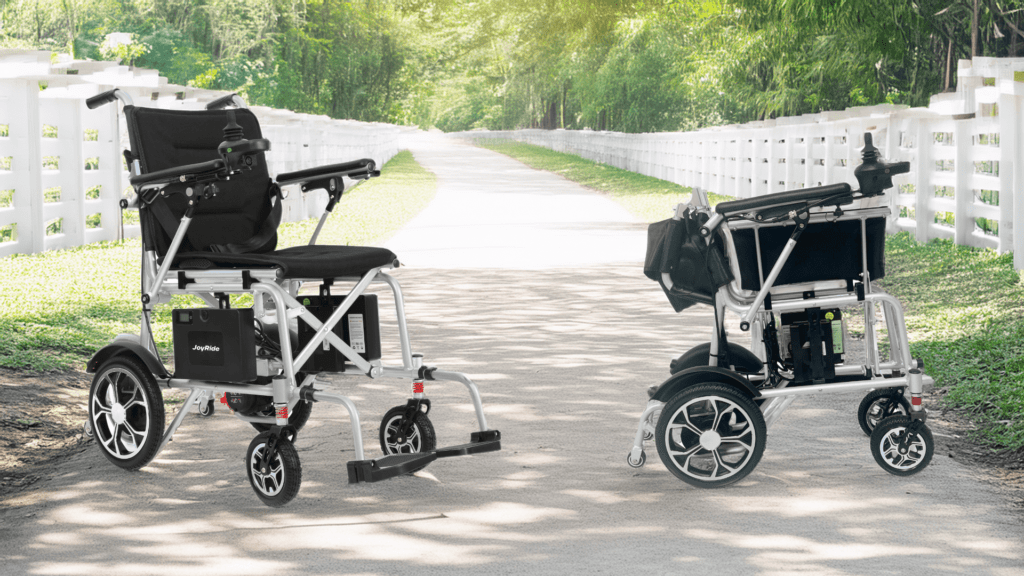
2. Orthotic Devices
- Braces and splints:
These devices are designed to support weakened or imbalanced joints—particularly in the ankles, knees, wrists, or hands. By providing external stability, they help individuals maintain functional movement, reduce pain, and slow the development of muscle contractures (permanent tightening of muscles or tendons). For many, they make walking safer by improving posture and alignment, thus lowering the risk of falls and injuries. - AFOs (Ankle-Foot Orthoses):
Commonly prescribed for individuals experiencing foot drop—a symptom where lifting the front part of the foot becomes difficult—AFOs help stabilize the foot and ankle while walking. These orthoses improve gait and reduce tripping hazards, allowing for more confidence and mobility throughout the day. Some newer models are lightweight and discreet, making them easier to wear with different types of footwear.
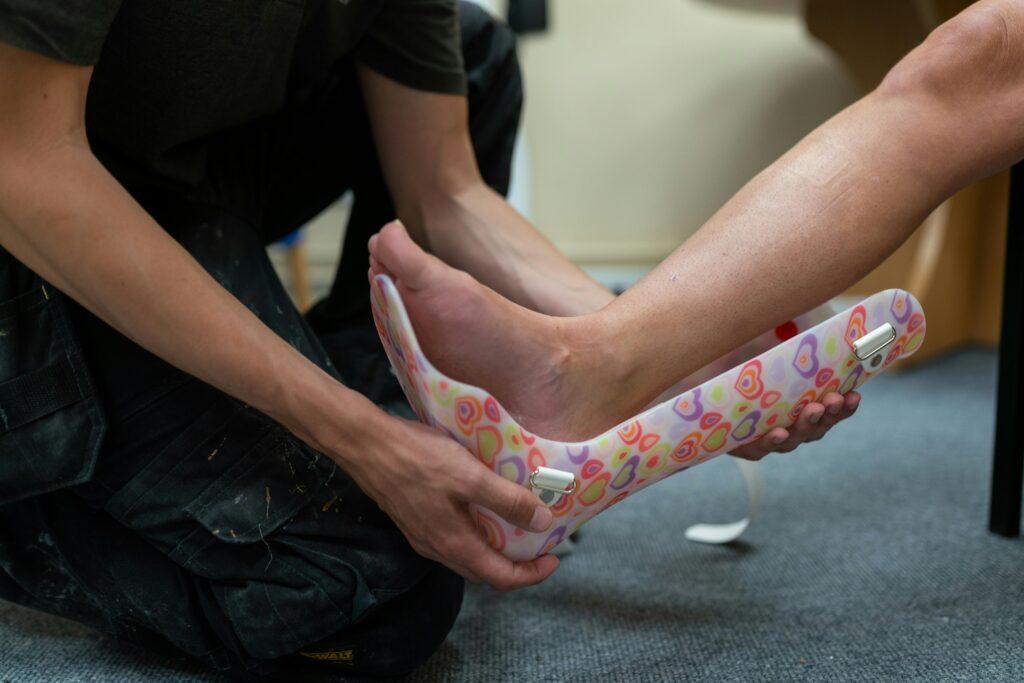
3. Home Modifications & Adaptive Equipment
- Grab bars and handrails:
Small installations with a big impact. These safety features are typically placed in high-risk areas like bathrooms, staircases, or narrow hallways to offer additional support during transfers or movement. For someone with MD, even the simple act of getting on or off the toilet can become safer and less stressful. - Lift chairs and reclining beds:
Getting in and out of a seated or lying position can become increasingly difficult with muscle weakness. Lift chairs gently elevate and tilt forward to assist users in standing, while adjustable beds help with positioning during sleep, reducing pressure on muscles and making breathing easier—especially important for those with respiratory involvement. - Voice-activated assistants and smart home tech:
Technology like Amazon Alexa, Google Home, or Apple’s Siri can be game-changers. These devices can turn on lights, adjust thermostats, open doors, or control entertainment systems with simple voice commands—minimizing the need for physical exertion and empowering users to maintain control over their environments with ease.
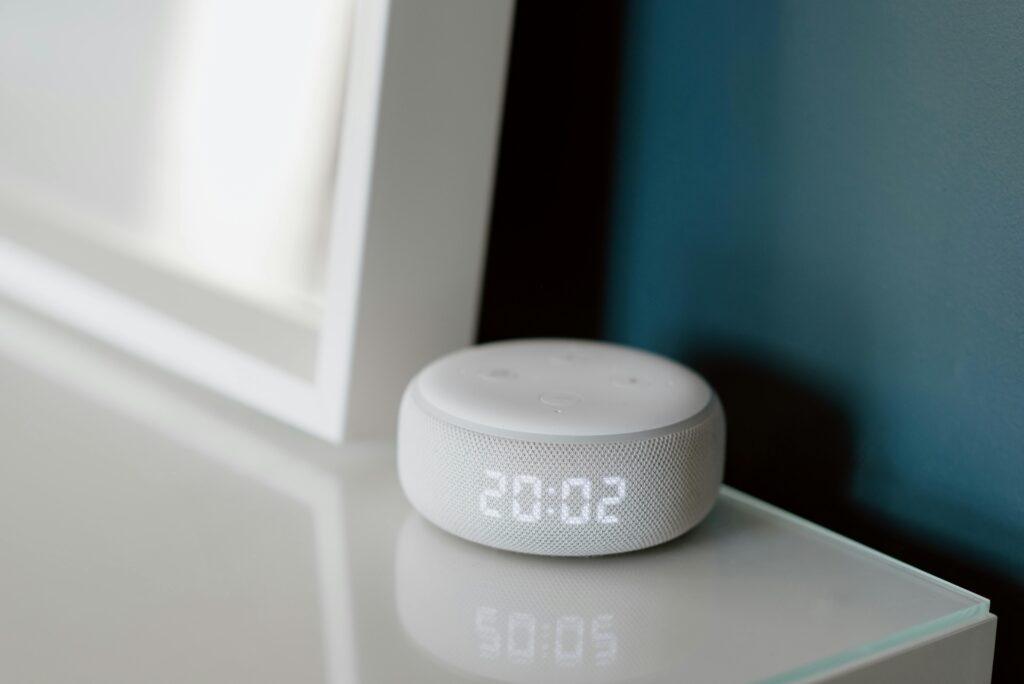
4. Communication Aids
In later stages of MD—especially conditions like Duchenne—weakness in facial, tongue, and throat muscles can affect speech clarity or even the ability to speak. Maintaining communication is crucial for self-expression, emotional well-being, and daily interaction, making assistive communication devices an essential lifeline.
- Speech-generating devices (SGDs):
These tools convert typed or selected words and phrases into spoken voice. Users can communicate in real-time with caregivers, friends, and medical staff, preserving their independence and social connection. - Text-to-speech software:
Available on computers, tablets, and smartphones, these programs allow users to type messages that are read aloud, making communication more fluid and accessible. - Eye-tracking systems:
For individuals with limited use of their limbs, eye-tracking technology offers the ability to navigate screens and type messages using only eye movement. It’s a powerful example of how tech can restore agency when traditional motor functions are lost.
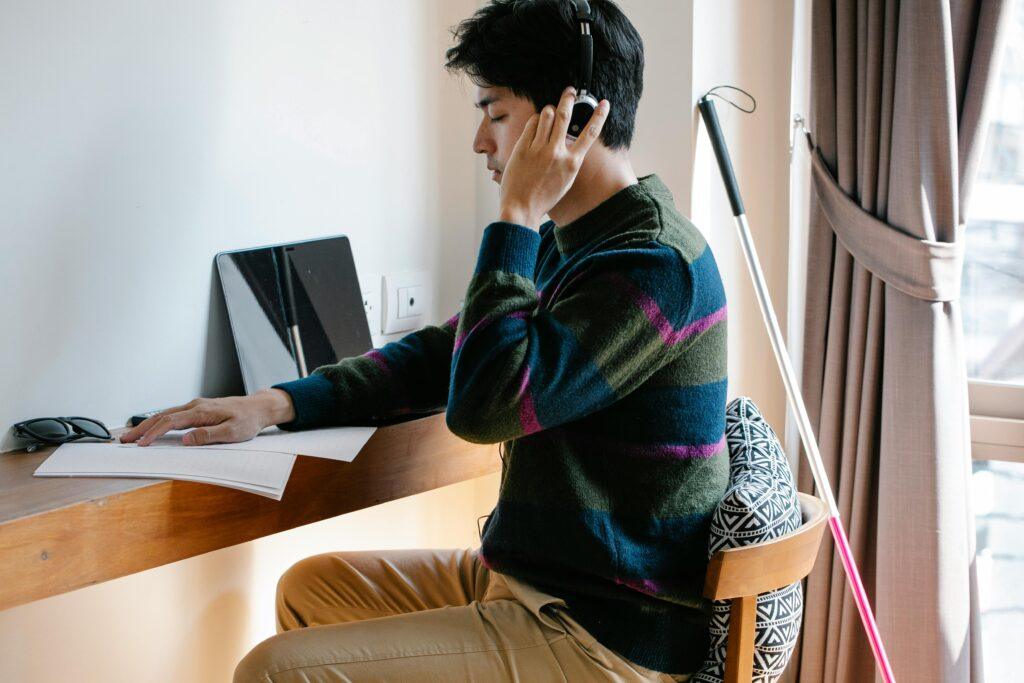
5. Eating & Dressing Aids
Maintaining independence with daily self-care routines like eating and dressing is essential for emotional well-being and self-esteem—especially for individuals with Muscular Dystrophy, who may experience progressive loss of fine motor control. Assistive tools designed for these tasks empower users to remain as self-reliant as possible while reducing frustration and physical strain.
- Modified utensils, plate guards, and non-slip bowls:
These specially designed eating tools are invaluable for those who have weakened grip strength or limited hand mobility. Utensils with larger, cushioned handles are easier to hold and control, while plate guards prevent food from slipping off the edge—allowing individuals to scoop food more easily. Non-slip bowls and mats keep dishes stable, reducing the risk of spills and enhancing mealtime independence and dignity. - Zipper pulls, button hooks, and dressing sticks:
Getting dressed can become increasingly challenging when arm strength or finger dexterity is compromised. Simple but ingenious tools like zipper pulls allow users to zip jackets or pants with less effort. Button hooks make fastening shirts or blouses more manageable, and dressing sticks help with putting on clothing without overextending or twisting the body. These aids allow individuals to maintain control over their personal hygiene and appearance, which can be deeply affirming. - Elastic shoe laces and slip-on shoes:
These alternatives eliminate the need to bend down or tie knots, making it easier to put on and remove footwear independently. - Adaptive clothing:
Many brands now offer stylish, functional clothing specifically designed for people with physical disabilities. Features like magnetic closures, side-open pants, and tag-free labels reduce irritation and simplify dressing, all while allowing individuals to express their personal style.
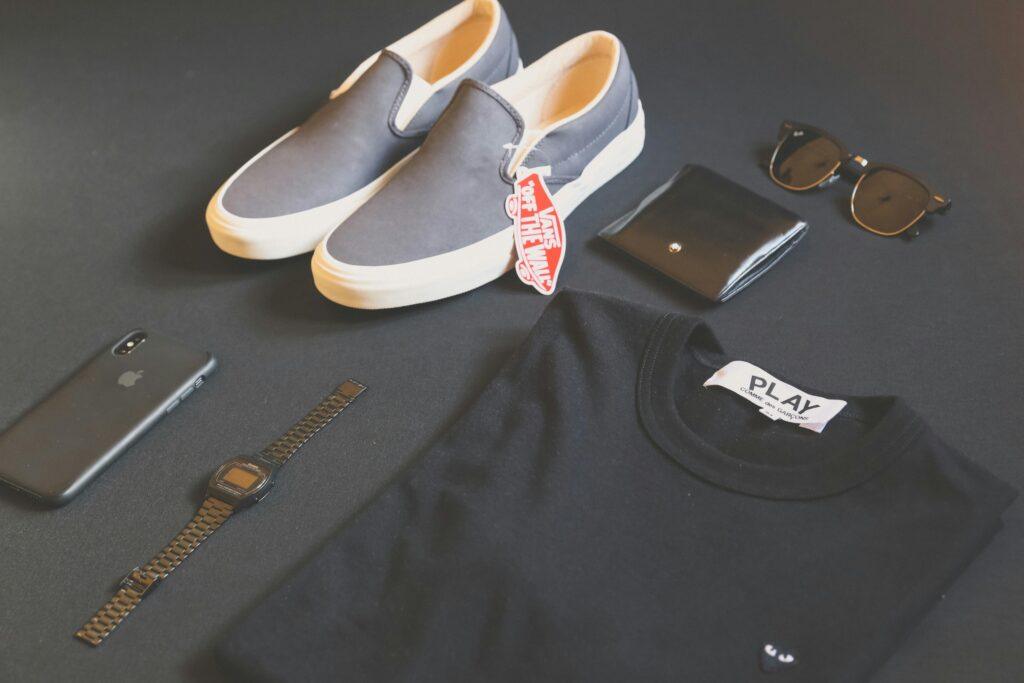
Emotional and Social Impact
The benefits of assistive devices extend far beyond physical support—they have a profound influence on emotional well-being and social inclusion. By enabling individuals with Muscular Dystrophy to perform tasks independently, these tools can dramatically boost self-confidence and a sense of autonomy. Being able to move around freely, communicate effectively, or manage daily routines with less assistance reduces the feeling of being a burden, and can help restore a sense of control in a life often shaped by physical limitations.
Assistive technology also plays a critical role in enhancing quality of life by opening doors to greater social participation, educational access, and even employment. For example, a student who uses a speech-generating device can engage in classroom discussions, while someone using a mobility scooter can navigate public spaces and attend social events with friends. These devices reduce isolation and encourage meaningful connections with others—fostering inclusion, belonging, and personal fulfillment.
Moreover, emotional health often improves when individuals feel empowered to engage with the world on their own terms. This empowerment can ripple outward, creating more inclusive communities and shifting societal perceptions around disability. Families and caregivers also benefit, as reduced physical dependency can lessen emotional strain and strengthen relationships based on mutual respect and collaboration rather than total reliance.
In short, assistive devices are not just medical tools—they are instruments of dignity, hope, and human connection.
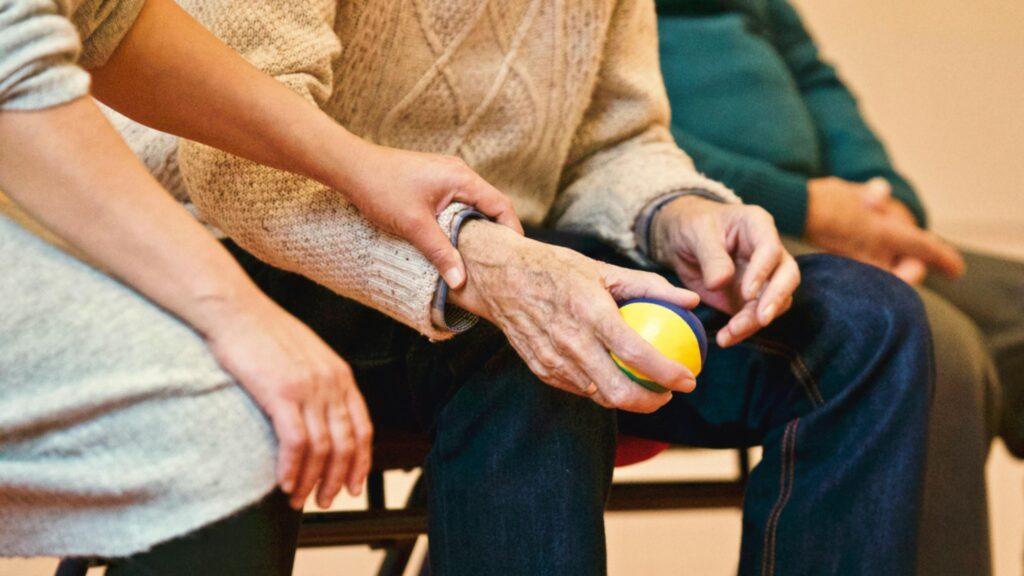
Final Thoughts
Living with Muscular Dystrophy comes with undeniable physical, emotional, and social challenges—but with the right tools, strategies, and support, it’s entirely possible to lead a life filled with purpose, connection, and independence. Assistive devices are not just accommodations; they are bridges to possibility, opening doors to education, employment, relationships, and daily joys that everyone deserves to experience. They transform limitations into opportunities and provide individuals with MD the means to navigate the world on their own terms.
Importantly, the journey doesn’t have to be walked alone. If you or someone you know is navigating life with Muscular Dystrophy, don’t hesitate to reach out to a care team—this can include neurologists, physical therapists, occupational therapists, and assistive technology specialists. These professionals can help assess individual needs and recommend tools that fit both lifestyle and physical ability. Every person’s path is unique, and the right support—customized and compassionate—can make all the difference.
Awareness, advocacy, and access to resources are also key. By educating ourselves and spreading knowledge, we can help build a world that values inclusion and designs with accessibility in mind. Together, we can empower individuals with MD not just to survive—but to thrive.
References
Muscular Dystrophy Association (MDA) – Equipment Assistance
https://www.mda.org/care/resource-list/equipment-assistance
Parent Project Muscular Dystrophy (PPMD) – Assistive Technology
https://www.parentprojectmd.org/care/for-families/community-resource-center/daily-life-resources/assistive-technology/
Muscular Dystrophy News – Assistive Technology Overview
https://musculardystrophynews.com/assistive-technology/
NYU Langone Health – Mobility Aids & Orthotic Devices
https://nyulangone.org/conditions/muscular-dystrophy/treatments/mobility-aids-orthotic-devices-for-muscular-dystrophy
myMDteam – 17 Muscular Dystrophy Medical Devices
https://www.mymdteam.com/resources/muscular-dystrophy-medical-devices-to-help-with-symptoms
Muscular Dystrophy News – Adaptive Solutions for DMD
https://musculardystrophynews.com/assistive-technology-for-duchenne-muscular-dystrophy/
Myotonic Dystrophy Foundation – Adaptive Devices and Hacks
https://www.myotonic.org/adaptive-devices-and-hacks-dm
Gillette Children’s – Assistive Technology for Upper-Limb Neuromuscular Conditions
https://www.gillettechildrens.org/news/releases/study-of-assistive-technology-for-people-with-muscular-dystrophy-debuts
PubMed Central – Wearable Upper Limb Assistive Devices (Systematic Review)
https://www.ncbi.nlm.nih.gov/pmc/articles/PMC6992540/
NICHD – Muscular Dystrophy Resources
https://www.nichd.nih.gov/health/topics/musculardys/more_information/resources
BMJ – Duchenne Muscular Dystrophy and Employment
https://www.bmj.com/content/368/bmj.m758
